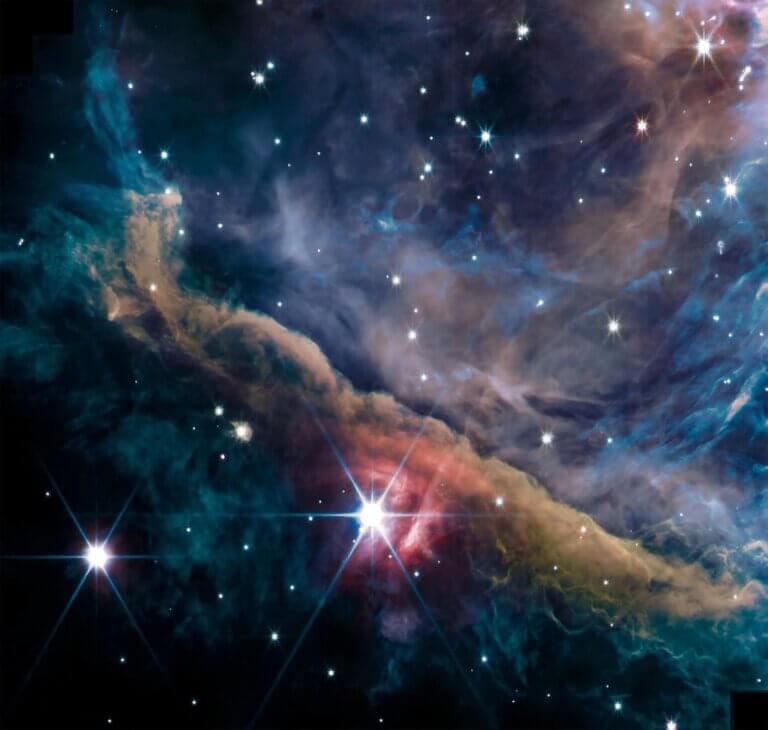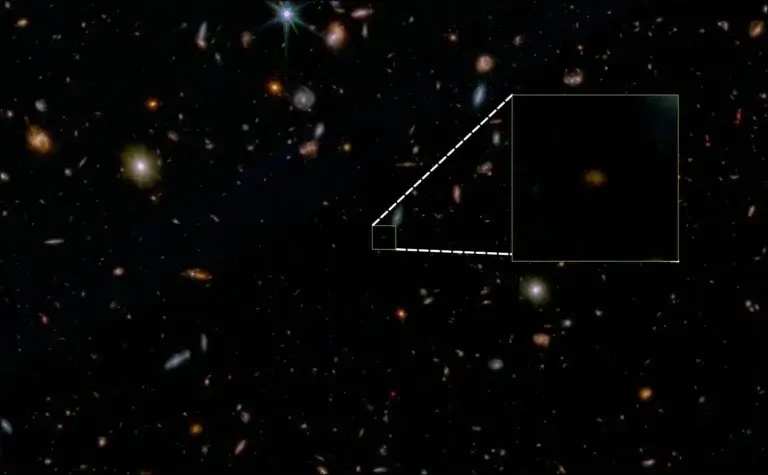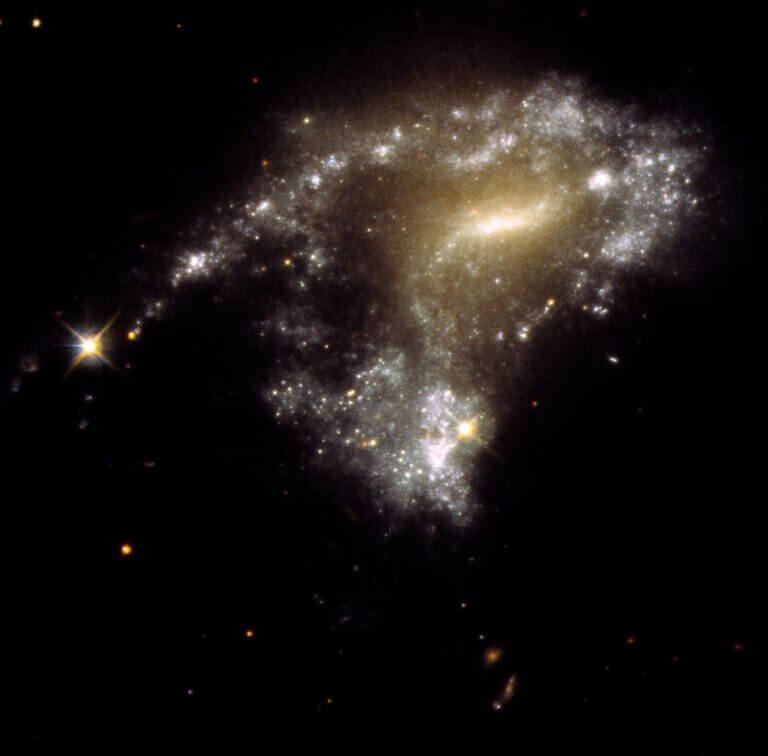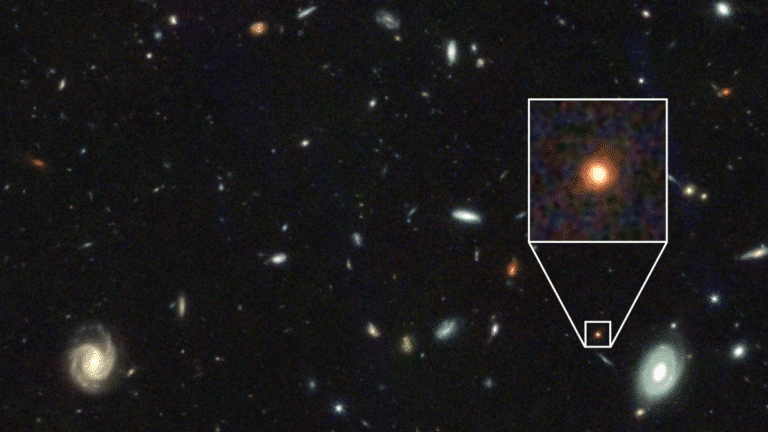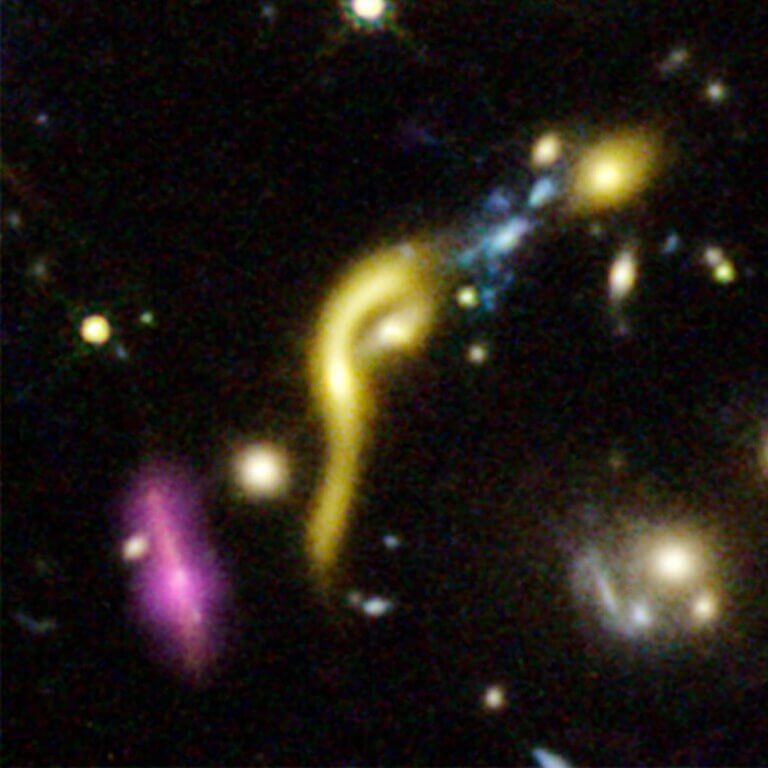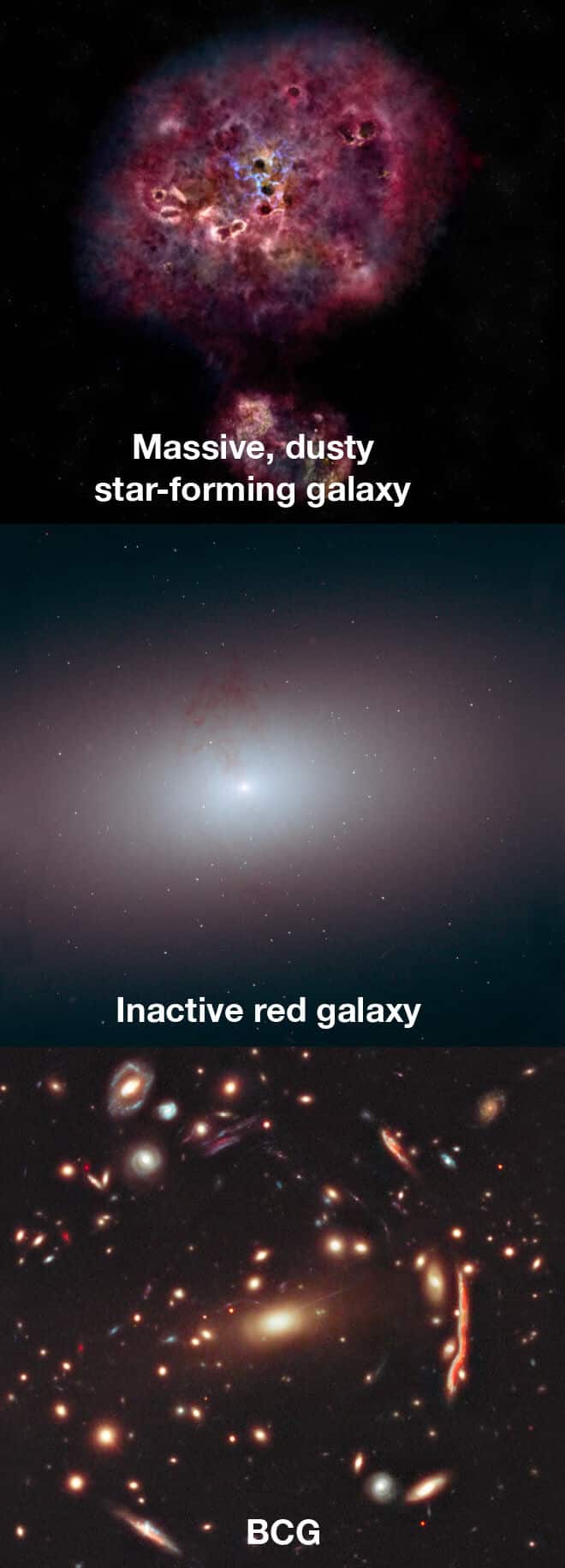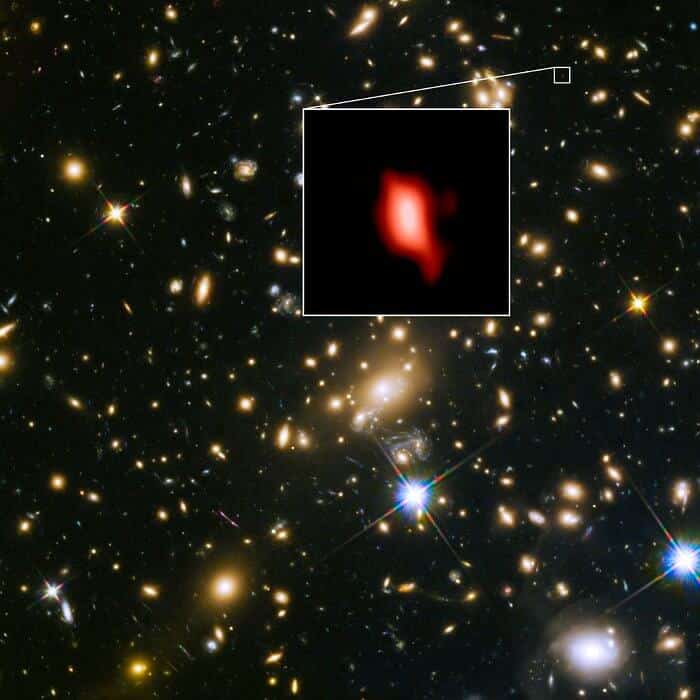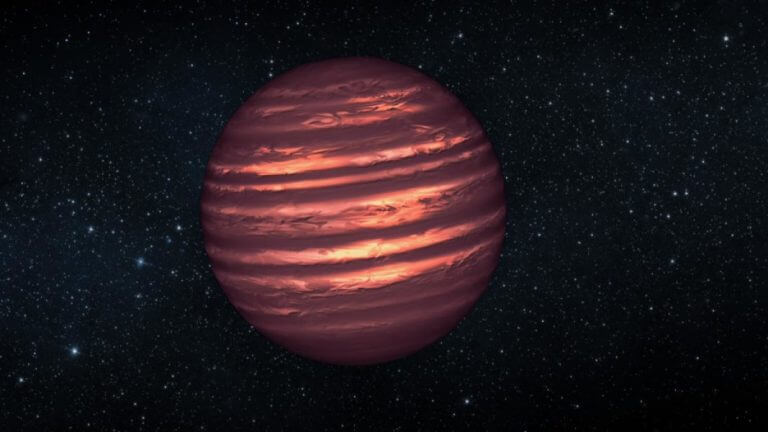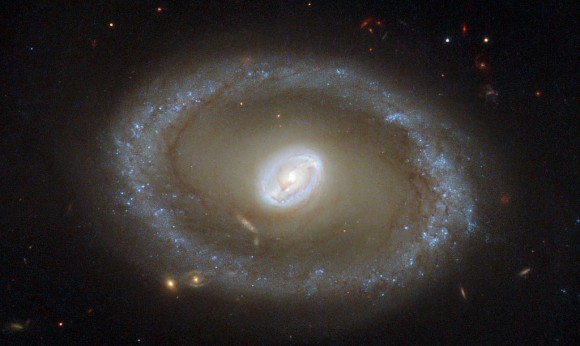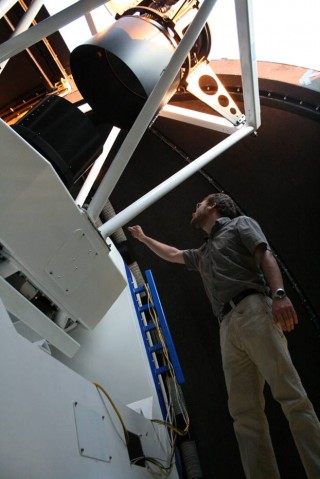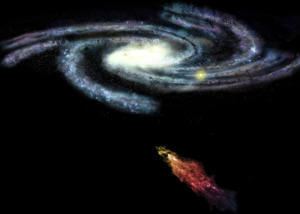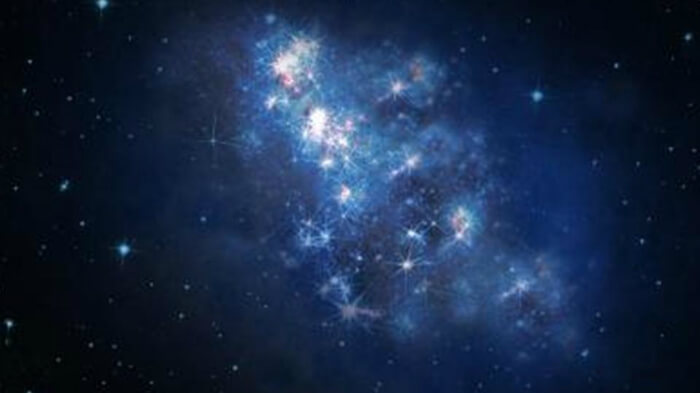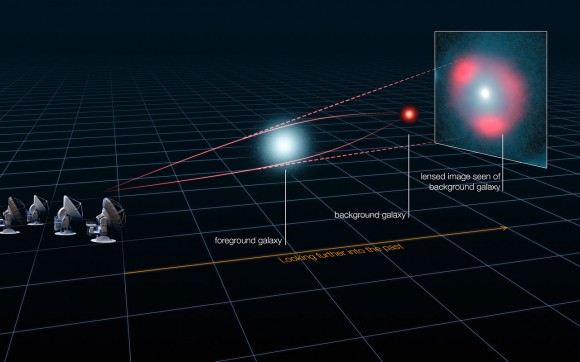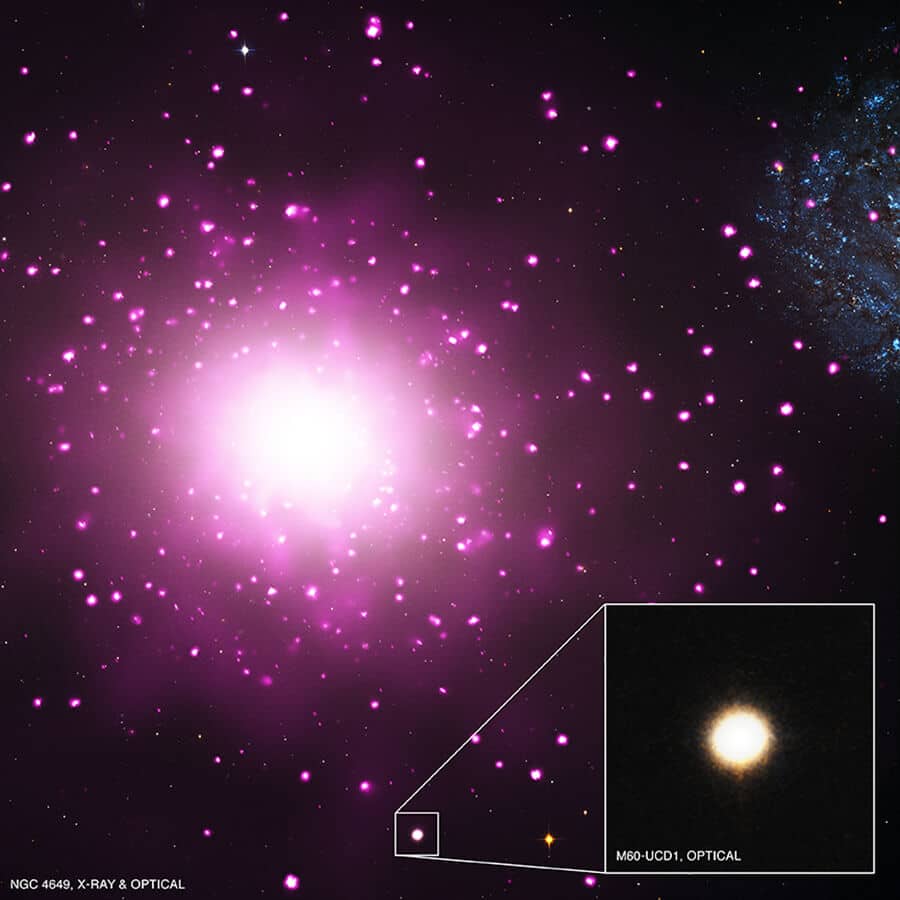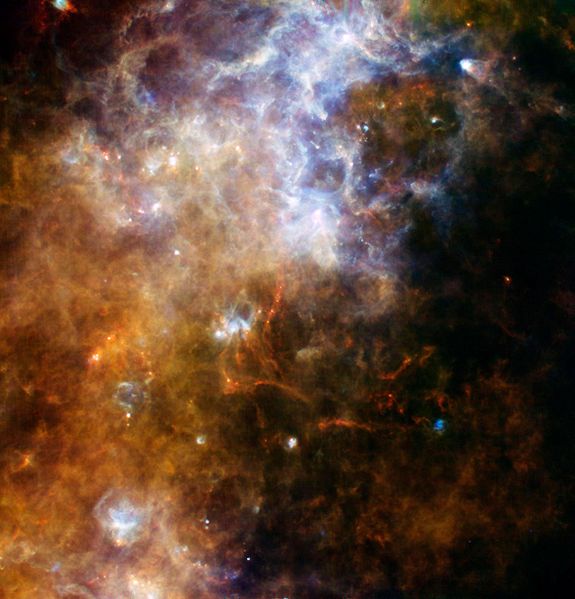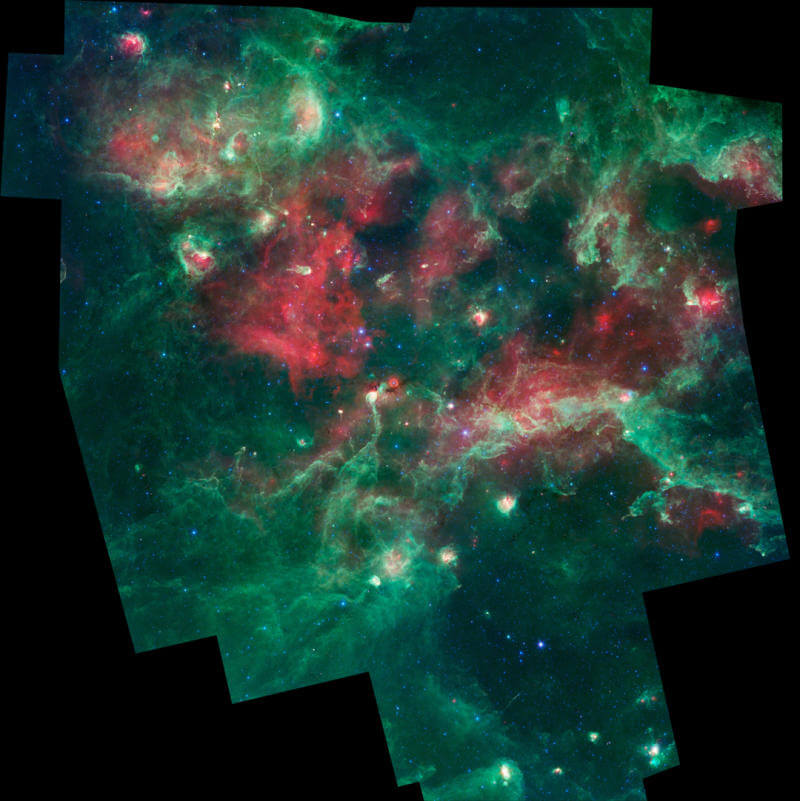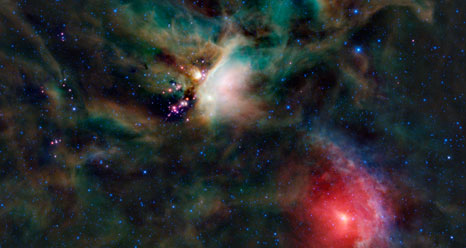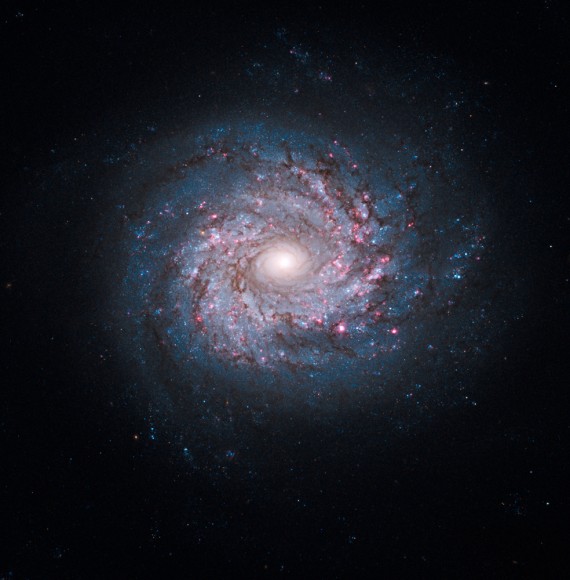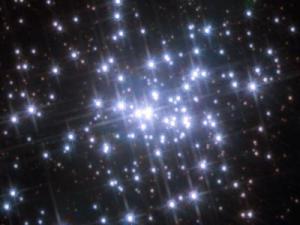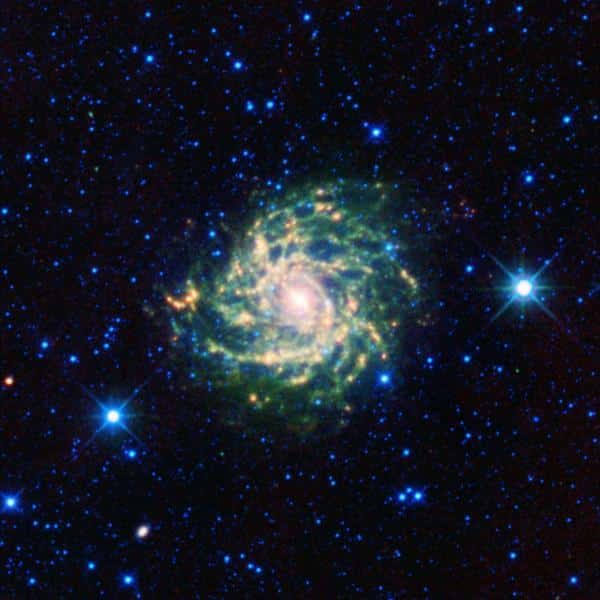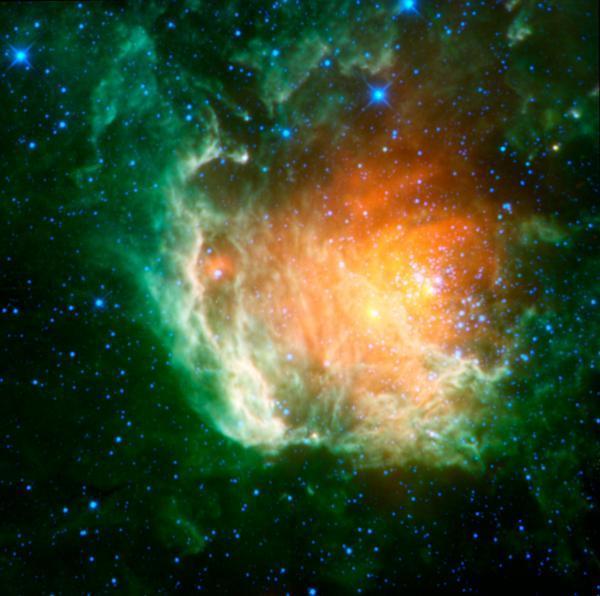Hayadan > making stars
making stars
- Avi Blizovsky
- March 22, 2024
- No comments
Researchers studying the Orion Nebula with the James Webb Space Telescope found that ultraviolet radiation from massive stars prevents the formation of giant planets in young systems by scattering their building materials.
- Avi Blizovsky
- March 13, 2024
- No comments
This galaxy experienced a tumultuous and fast life: the star formation process worked quickly and suddenly ended, a situation that is not expected at such an early stage in the evolution of the universe. It is still unclear whether the "frozen" state of the galaxy is temporary or permanent, and what is the reason for the cessation of the star formation process
- Avi Blizovsky
- February 18, 2024
- No comments
The discovery of an S-shaped galaxy could revolutionize the understanding of the process of star formation
- Avi Blizovsky
- June 11, 2023
- 7 תגובות
The galaxy is currently 25 billion light-years away, but when light began to travel from it to us about 12.5 billion years ago, it was much closer, because the universe is expanding
- Avi Blizovsky
- September 28, 2021
- 4 תגובות
When the universe was about three billion years old, only 20% of its current age, it went through the most abundant period of star birth in its history. But when Hubble and ALMA looked at cosmic objects during this period, they found something strange: six ancient massive "dead" galaxies that had run out of the cold hydrogen gas needed to form stars
- Avi Blizovsky
- February 14, 2020
- 3 תגובות
- You found Simon
- September 12, 2018
- No comments
- Avi Blizovsky
- May 26, 2018
- 4 תגובות
- Avi Blizovsky
- July 12, 2017
- 4 תגובות
- Avi Blizovsky
- February 2, 2015
- 30 תגובות
- Universe Today
- June 15, 2014
- One response
- Avi Blizovsky
- February 11, 2014
- 6 תגובות
- Avi Blizovsky
- November 5, 2013
- 2 תגובות
- Itai Nebo, editor of the Davidson Institute website
- October 25, 2013
- 269 תגובות
- Universe Today
- October 21, 2013
- One response
- Avi Blizovsky
- October 3, 2013
- 2 תגובות
- Itai Nebo, editor of the Davidson Institute website
- May 2, 2013
- 7 תגובות
- Avi Blizovsky
- January 15, 2012
- No comments
- Uri Brock
- April 12, 2011
- No comments
- Avi Blizovsky
- October 21, 2010
- 5 תגובות
- Yael Petar
- June 5, 2010
- 15 תגובות
- Yael Petar
- April 11, 2010
- 15 תגובות
- Yael Petar
- March 22, 2010
- No comments
- Avi Blizovsky
- January 8, 2009
- 20 תגובות
- Universe Today
- December 16, 2008
- 67 תגובות

